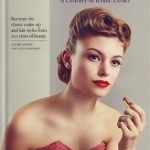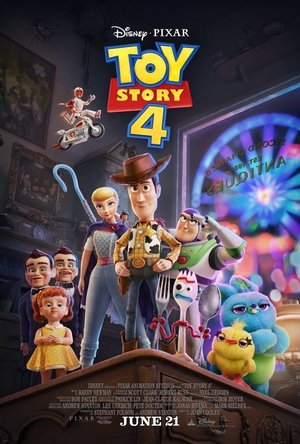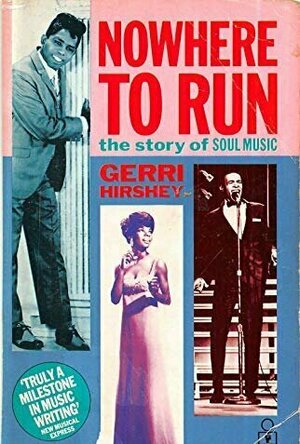
Nowhere To Run: The Story of Soul Music
Book
NOWHERE TO RUN The Story of Soul Music ‘Do you like soul music? That sweet soul music? Well...
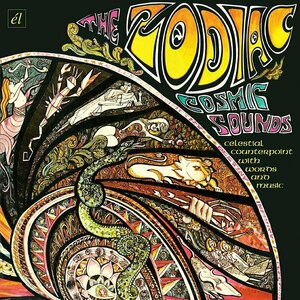
Cosmic Sounds by Zodiac
Album
• A classic 1967 Elektra edition, conceived by label head Jac Holzman, who claimed that the...

Horizon Unlimited by Lijadu Sisters
Album
The disc opens with an outstanding chunk of Afrobeat, Orere-Elejigbo. Its lyric, sung mostly in...
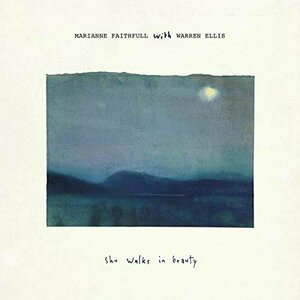
She Walks In Beauty by Marianne Faithfull
Album
Marianne Faithfull's new unique album - full of poetry and music. Set by Warren Ellis, starring Nick...
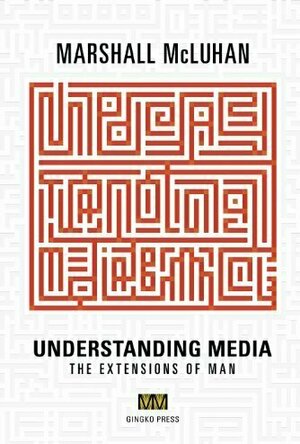
Understanding Media
Book
When first published, Marshall McLuhan’s Understanding Media made history with its radical view of...
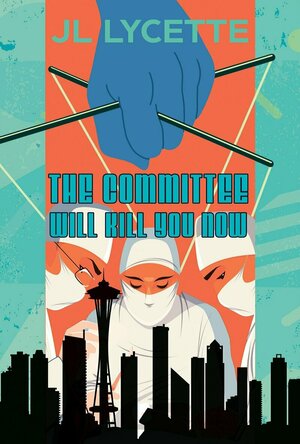
The Committee Will Kill You Now
Book
The gripping new book from the author of The Algorithm Will See You Now. Based on the true-life...
Medical Thriller
Sassy Brit (97 KP) rated Timeless: Recreate the Most Iconic Looks from 100 Years of Beauty in Books
Jun 5, 2019
Timeless is indeed a beauty of a book, with glossy photos and clear, concise ‘how to’ steps to recreate the styles and make-up from the early years, and the jazz-age flapper 1930s right up to the 1980s and beyond.
I’m a fan of the sixties, Jean Shrimpton, Twiggy models, and designer Mary Quant, who all influenced the UK and made London an icon fashion hub back in the day. So I really liked how there was quite a chunk dedicated to this (and other) hairstyle and make-up periods. I wish I was old enough to have lived in this era!
It’s also amazing to see just how long brands like Max Factor, Yardley, Ponds, Elizabeth Arden and Revlon have been going. And sad to read how much of the make-up was bought from much-loved shops like Woolworths, which I do remember! (The shop, not buying make-up in the 60s!)
The cultural revolution of the 1960s saw innovative make-up formulations produced, boundaries being pushed and the youthful Swinging London scene influencing looks all over the world. ?????????”
Put together by renowned film, television and make-up artist Louise Young, along with leading film industry hairstylist Loulia Sheppard, this is an outstanding book full of tips, tricks and stunning photos. Whether you’re a fashion guru or just like this as a coffee table book, it’s definitely a conversation starter.
Lenard (726 KP) rated Toy Story 4 (2019) in Movies
Jul 4, 2019
A second theme is the whole concept of what makes a toy. Does a child's love bring it to life? Can a lonely creative child make her own friends? What happens to the toys we no longer play with or forget about? Another thing I noticed is that in the previous installments the toys remain inanimate among the humans, but this time they meddle in the human world.
Along the way, Woody learns about the outside world. Early in the film, Woody is given a chance to escape with the toy he obviously loves and get "lost." He however cannot give up the job he was given as a favorite toy. Now, years later, he has a new owner and becoming obsolete. He still has a responsibility to protect the new toy Bonnie makes. He reconnects with a lost love. Everywhere he goes, he meets various toys who yearn for the love of a child, something they either have never had or lost long ago. Like Toy Story 3, Toy Story 4 becomes a movie about growing up and moving on when you are no longer dependent on the love of your "parent."
The Most Dangerous Communist in the United States: A Biography of Herbert Aptheker
Book
When J. Edgar Hoover declared Herbert Aptheker "the most dangerous Communist in the United States,"...
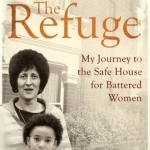
The Refuge: My Journey to the Safe House for Battered Women
Book
Until 1971, female victims of domestic violence were expected to 'kiss and make up' with their...
